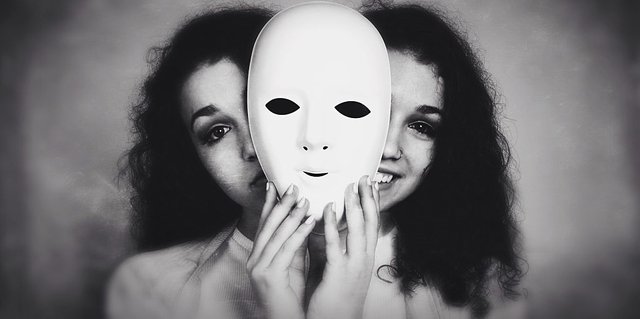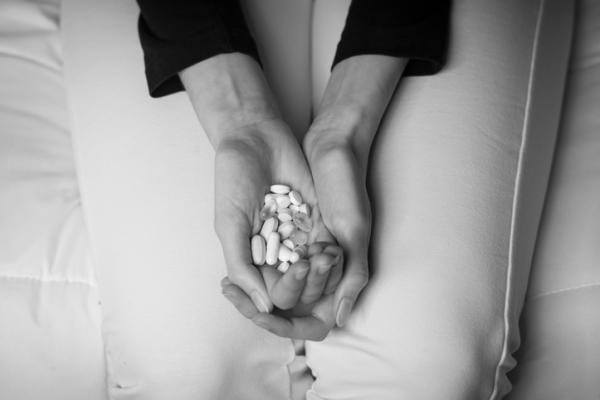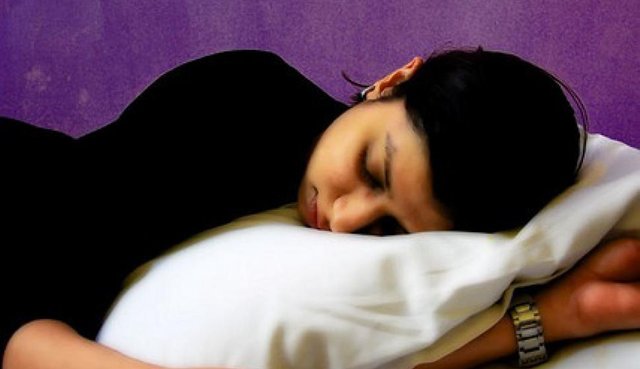Education: "Depression and its external signs in adolescence".

Source
Introduction
For all readers, of all ages, of the block chain.
Undoubtedly, we can say that the stage of life that most needs guidance and counseling is adolescence. The support of adults, parents and educators is required; So that young people can find an environment of understanding and tolerance with adults.
While it is true, the great biological changes of age, the growth of sexuality, uncertainty about the future, personal relationships, new skills, as well as the demands and expectations of the environment, exert strong pressure on the adolescent.
The reactions can be multiple and translate into hostility, rebellion, family confrontations, school problems and depression.
In this sense, dear reader, it is necessary to mention that our use of the term "depression" at present is sometimes imprecise. For example, we can talk about a "depressed" child because he is "discouraged" by a suspense or an altercation with his best friend. However, it is not a clinical depression. Instead, it is more appropriate to say that you are going through an altered mental state or even that you have some depressive symptoms.
Clinical depression or major depression is an affective disorder with profound and prolonged effects on the physical and psychological functioning of the subject. To establish the diagnosis, a series of symptoms must be preceded by observable signs that are valuable when establishing a preventive action; Such symptoms must be presented with sufficient frequency and intensity.
Depression has a wide reach in adolescent age. According to studies, juvenile depression is much more frequent than childhood depression. Studies indicate that within the general population of adolescents, between 5% and 8% suffer or have suffered depression. The incidence in girls is higher than in boys: at least there are two female cases for each male case.
One of the risks of depression is suicide attempt, so any suggestion or threat about a depressed teenager should be taken seriously.

Source
Dear reader, by virtue of the sensitivity of the topic, it is convenient to review how this problem of depression that affects our young people could be treated.
Then, we ask ourselves:
How is depression treated?
There are two general routes of treatment for depressive disorders: pharmacology and psychotherapy. In most cases, an initial pharmacological treatment is indicated that relieves the symptoms; Then, without abandoning the medication, a psychotherapeutic treatment is applied. This combination therapy is, as a rule, the most effective.

Source
We ask ourselves another question:
What are the external signs of depression?
Most adolescents show a mild depressive behavior (sadness, loneliness, pain due to couple problems ...). However, we can not talk about depression itself until we observe, for at least two weeks, five or more of the following symptoms:
1. Dysphoria or depressed mood.
This state of mind carries a deep feeling of sadness and apathy. The adolescent cries for no apparent reason. This state is not temporary, but it persists daily, sometimes for weeks.
2. Anhedonia or absence of pleasure in all activity.
Even the hobbies that normally produce great satisfaction in the adolescent lack attractiveness. Friends, games, sports ... they become gloomy and the pleasure of before is not in them.
3. Appetite and weight problems.
The adolescent has no appetite at any time of the day and is not happy with the presence of foods that once delighted him. As a result, its weight stagnates or even reduces. In some cases, the appetite becomes voracious and follows a disproportionate weight gain.

Source
4. Change in sleep patterns.
The most common symptom is insomnia almost daily. The young person takes a long time to fall asleep, suffers an intermittent awakening or wakes up very early with fatigue and can not go back to sleep. In some cases, depression is accompanied by an excess of sleep.
5. Psychomotor agitation or slowness.
Extremely slow muscle movements can be seen in depressed youth. Even speech is affected, with slowly spoken phrases and long pauses in conversation. The other extreme is agitation: a state of restlessness that does not allow the adolescent to remain seated; He moves constantly and shows compulsions, such as touching hair, clothes or some object.
6. Fatigue.
Almost daily, it lacks energy resources and feels tired at any time of the day. The very image of the face and body denotes dejection and lack of strength.

Source
7. Negative feelings towards yourself.
The most common are the feeling of inferiority, which is present in almost all depressed adolescents, the feeling of guilt and the feeling of failure. Even successful children, when they fall into depression, are incapable, without resources, inferior, miserable and guilty of the misfortunes that invade them.
8. Difficulty thinking and concentrating.
Depressive young people often complain that they forget everything or can not do something that requires concentration for more than a few minutes. The intellectual faculties weaken and any simple problem seems unsolvable.
9. Thoughts of death.
It is relatively common for the adolescent to think of death in despair. He sees it as a relief from suffering. The idea of suicide and how to carry it out are also a source of imagination. In certain cases, the adolescent may even reach the true attempt to take his own life.

Source

Suspicion of depression, or on the way to it, requires immediate psychiatric treatment. If left untreated, the adolescent can suffer irreversible consequences, in addition to preparing the way to depression in adulthood.
Source
Congratulations! Your post has been selected as a daily Steemit truffle! It is listed on rank 11 of all contributions awarded today. You can find the TOP DAILY TRUFFLE PICKS HERE.
I upvoted your contribution because to my mind your post is at least 4 SBD worth and should receive 220 votes. It's now up to the lovely Steemit community to make this come true.
I am
TrufflePig, an Artificial Intelligence Bot that helps minnows and content curators using Machine Learning. If you are curious how I select content, you can find an explanation here!Have a nice day and sincerely yours,

TrufflePigHello! I find your post valuable for the wafrica community! Thanks for the great post! We encourage and support quality contents and projects from the West African region.
Do you have a suggestion, concern or want to appear as a guest author on WAfrica, join our discord server and discuss with a member of our curation team.
Don't forget to join us every Sunday by 20:30GMT for our Sunday WAFRO party on our discord channel. Thank you.
Congratulations @elpastor! Your post was included in my review of top 5 articles curated by @steemiteducation.
I do this review twice a week to support and promote the @steemiteducation community.
If you wish, you can check it out here:
https://steemit.com/steemiteducation/@focusnow/5nwzqv-review-my-top-5-posts-from-steemiteducation
Thanks brother for your comments. His words are motivating to advance and improve the quality of our publications. I reviewed your article about the five best weekly publications of @steemiteducation, excellent work. It is not easy to read quality articles from all the educators and teachers and select the best ones. Great is your effort. God bless you more and abound in wisdom, knowledge and patience.
Hi elpastor,
thank you for your great post.
As I am teaching teens I see a lot of students in short depressive phases. These phases seem to be quite normal in puberty.
Although I have met some teens which exceeded these phases by far. Your post is absolutely hitting the warning signs I observed, too.
Keep on with the good posts!